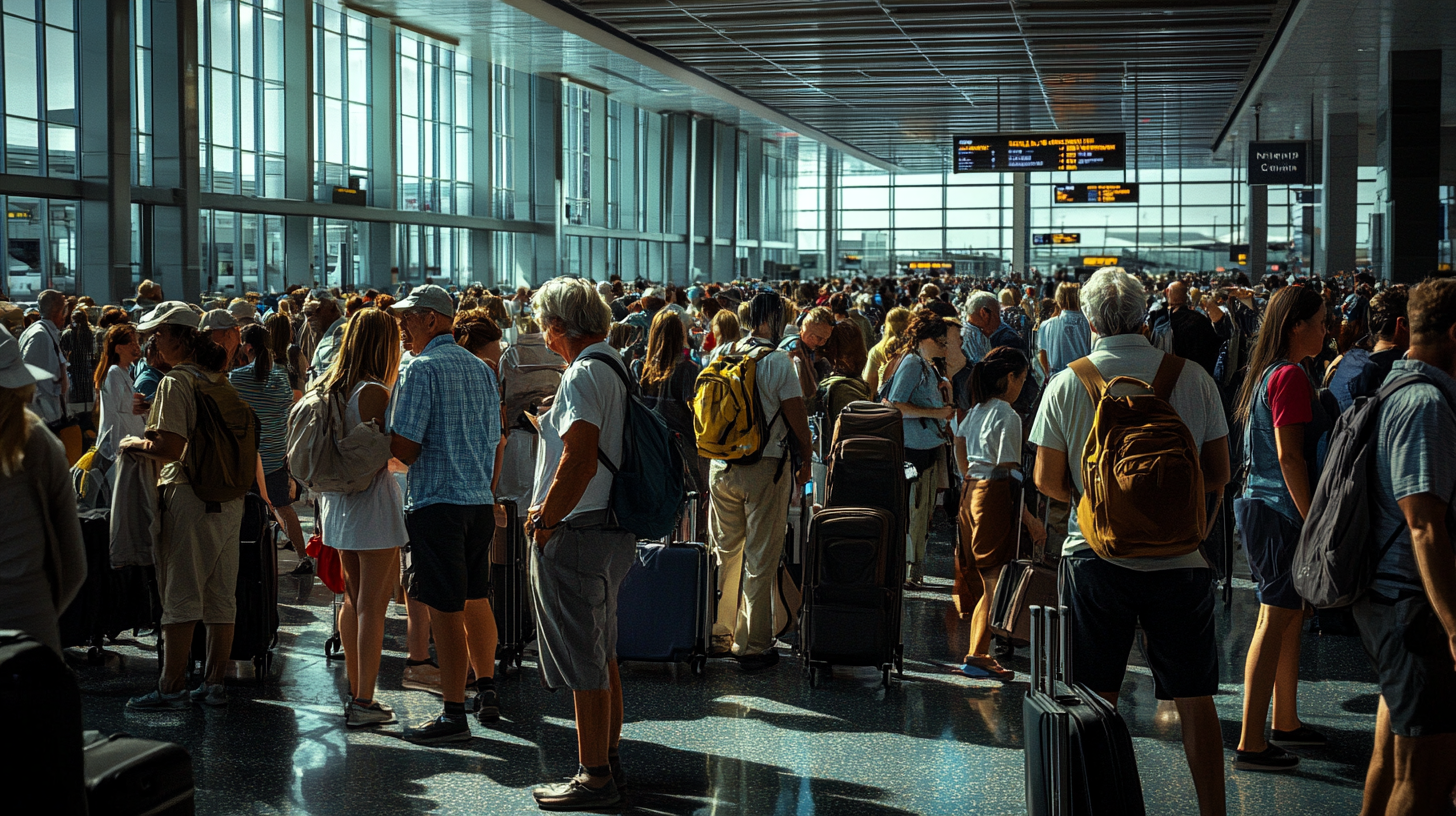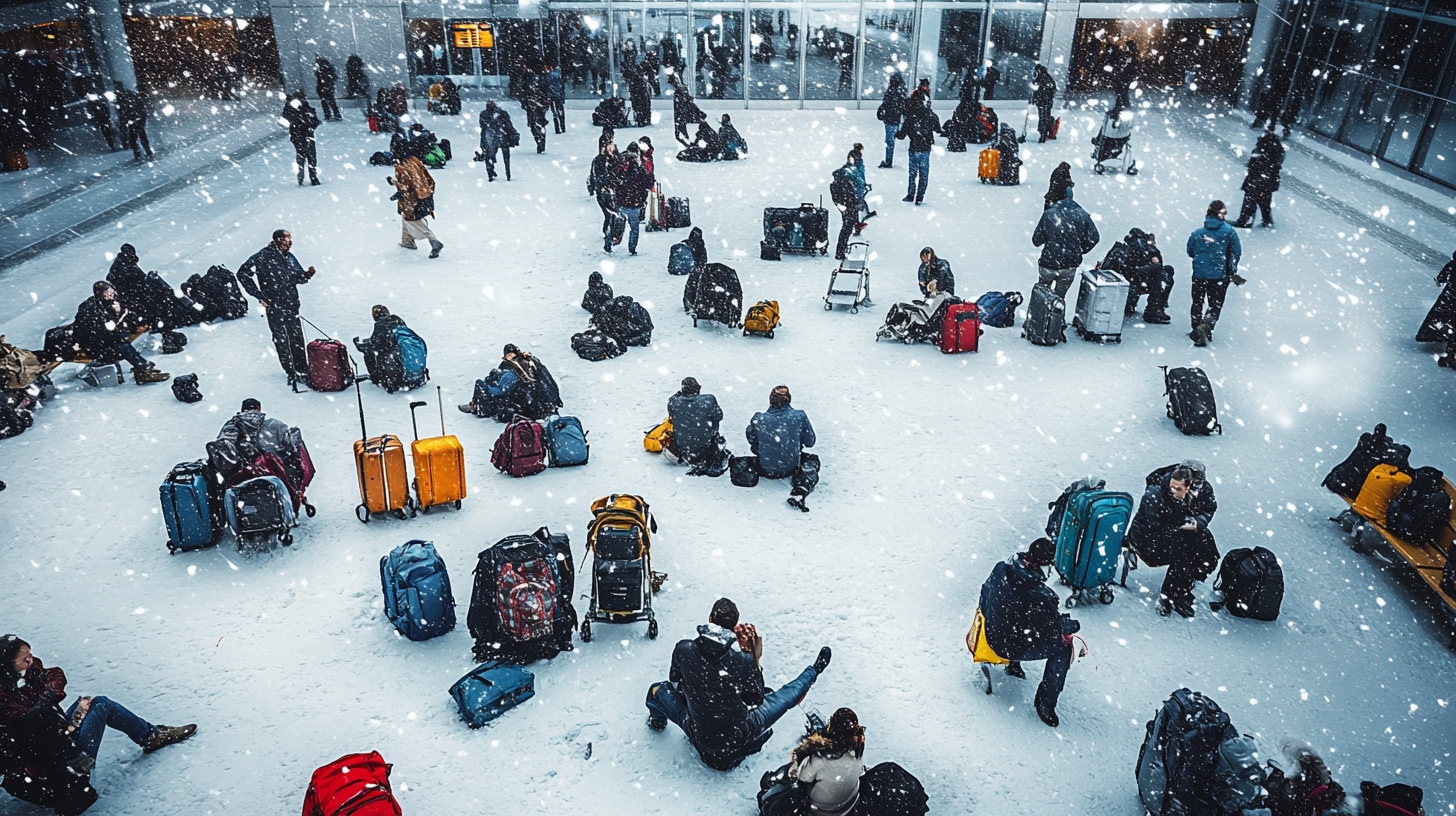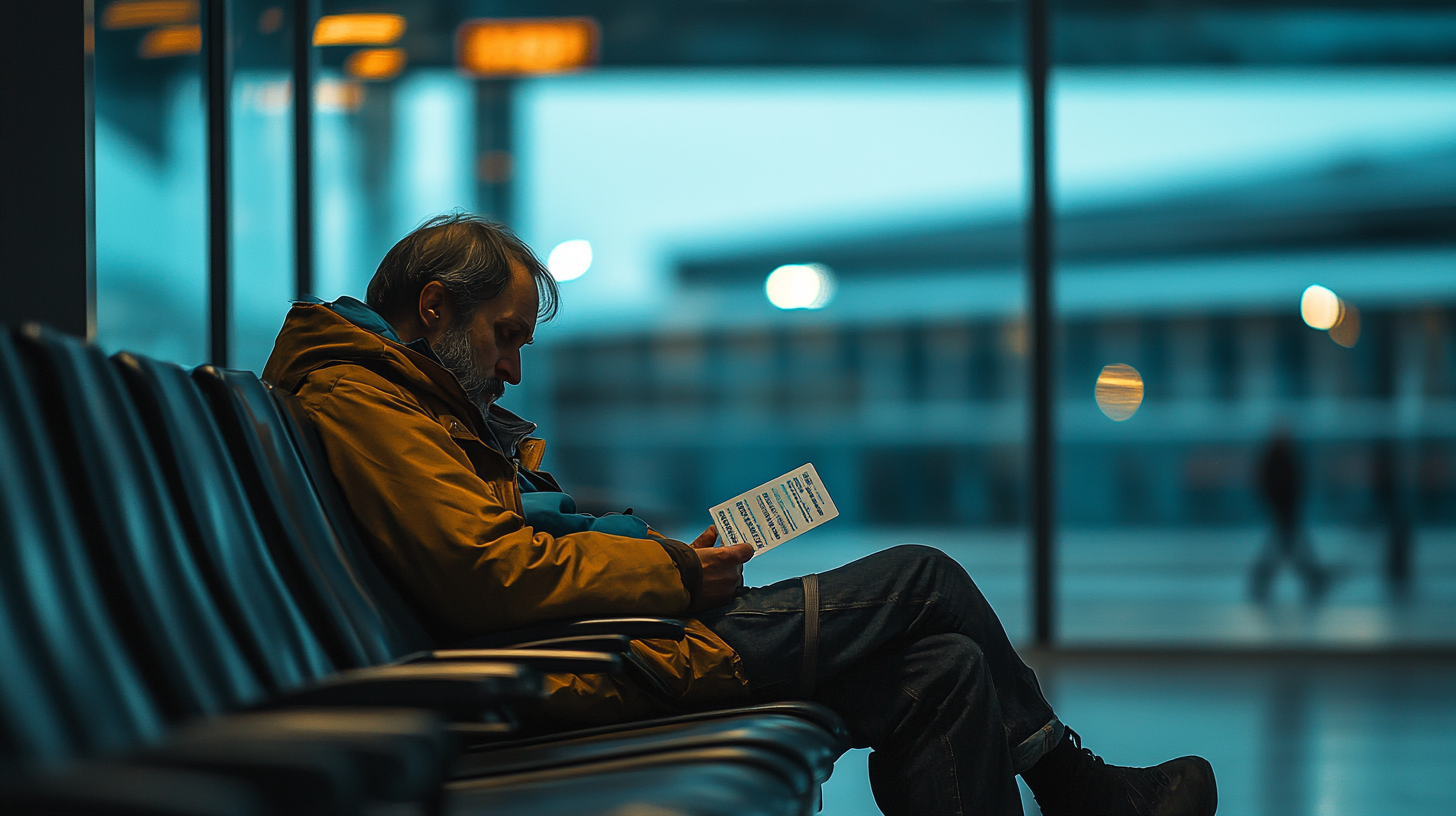Canceled Flight Woes: Your Frequent Flyer Playbook
Frequent flyers are no strangers to the occasional canceled flight, but in 2025, these disruptions are piling up faster than my carry-on on a spontaneous weekend getaway. From Charleston International to the busiest terminals on the map, I’ve noticed an uptick in schedule shake-ups that can throw off even the most expertly planned itineraries. My best advice? Stay vigilant, lean on real-time airline data, and always have a backup plan tucked into your seat pocket.
1) Charleston’s Cancellations on the Rise

I’ve observed that Charleston International Airport seems to be making the headlines for more frequent cancellations lately. FlightAware reported 15 canceled and 15 delayed flights in a single Monday morning, primarily on American Airlines routes. Though weather remains a leading factor, I’ve always found it’s worth double-checking things like crew availability and mechanical hiccups. A canceled flight can sometimes be attributed to so much more than stormy skies.
In my own travels through Charleston, I’ve noticed that timing is everything. Early-morning flights tend to be less prone to delays because the aircraft is already there from the night before. A recent study from the Charleston Airport Authority indicated a 15% increase in disruptons compared to the previous year. For me, that means taking full advantage of airline alert systems, so if cancellations do crop up, I can pivot instantly—whether that means calling the airline or grabbing a rebooking option before everyone else does.
Stay connected to the Charleston airport’s official notifications, and don’t underestimate the power of airline apps. They often alert you to gate changes and cancellations before the overhead announcement even crackles through the PA system. In the era of data-driven travel, information really is power.
2) Winter Weather’s Wider Impact

Winter used to be the season of hot cocoa and holiday cheer, but it can quickly become a frequent flyer’s headache, especially when it comes to icy runways. According to industry data cited by the FAA, more than half of flight delays in January 2025 stemmed from severe weather across multiple states. In a single weekend, I saw deicing teams working overtime at airports in Chicago, Denver, and New York.
One unexpected loophole I’ve found is flying through mid-sized airports that aren’t quite as jam-packed and can sometimes manage weather events more smoothly. However, I learned the hard way that it’s best to keep a tight eye on connecting flights. A winter storm in one region can have a domino effect: I’ve had flights canceled in Dallas because of weather in Minnesota. Southwest, American, and Delta continue to adapt their schedules, so proactive planning is key.
If you’re a data nerd like me, it helps to consult NOAA‘s (National Oceanic and Atmospheric Administration) forecasts before booking. That extra bit of weather insight is often enough for me to shift my travel dates just a day or two and avoid potentially gnarly storms altogether.
3) Real-Time Tools for Quick Updates

Technology is my best friend when trying to outmaneuver flight chaos. I’ve personally relied on platforms like AirAdvisor‘s live status tool to get a snapshot of delays, re-routes, or ground stops. Digging into airline data can reveal surprising patterns—like which carriers are more prone to reactive, rather than proactive, schedule changes. It’s not enough to just watch the weather on TV; real-time algorithms are the new crystal ball.
In fact, according to a 2025 review by Travel Tech News, airlines that provide immediate updates through text or email see fewer disgruntled passengers in the long run. I typically sign up for every alert I can get. Having a text notification show up on my phone moments before an official gate announcement has saved me from camping out on the floor during overnight delays more than once.
And if you’re looking to minimize frustration, don’t forget to keep your credit card details handy in case you need to quickly book an alternate flight or a hotel stay. Those precious minutes can make all the difference when everyone else on your canceled flight is scrambling for the same limited seats and rooms.
4) Airline Policies to Note

It feels like every airline has its own version of the rulebook, and they can change faster than you can say “boarding group five.” Delta recently introduced flexible rebooking options for flights impacted by severe weather in Atlanta and along the Gulf Coast. From what I’ve seen, if your travel plans are hit by these disruptions and you don’t rebook within 24 hours, you may automatically get a refund—though you have to read the fine print to fully understand the timeline.
When I had a flight canceled earlier this year, the airline offered to expedite baggage returns and even provided digital meal vouchers. Make sure you check if your airline offers the same. Some policies include coverage for extra expenses like hotel nights if you get stuck, while others only help if the disruption was clearly their fault (not the weather’s). I nudge everyone to read airline contracts of carriage. It might seem tedious, but it’s solid gold when you need to know exactly what you’re entitled to.
According to the Department of Transportation‘s Air Travel Consumer Report, airlines are expected to adhere to their stated compensation guidelines, or risk fines and citations. Don’t hesitate to use the DOT as leverage if you find your airline dragging its feet on refunds, rebookings, or amenities. Documentation is everything—screenshots, flight numbers, and times all help you present a clear case.
5) The Bottom Line for Frequent Flyers

From Charleston’s minor meltdown to thunderous winter storms nationwide, it’s clear the only constant in air travel these days is unpredictability. I’ve always believed that staying informed should be your first line of defense. Whether it’s keeping a close eye on your route’s weather forecast or regularly refreshing an airline-tracking app, the real secret is adaptability—knowing when to pivot and how to seize opportunities for rebooking.
Between evolving airline policies and new tech tools, we travelers have more resources at our fingertips than ever. At the same time, 2025’s flight scene is more crowded, weather-prone, and data-driven than we might like. I suggest building in extra buffer time wherever you can. At the end of the day, it saves you from frayed nerves and ensures your miles earn you the experiences you truly want.
Final Thoughts

Canceled flights and unexpected delays can disrupt even the best-laid travel plans, but they don’t have to ground your spirit. By proactively leveraging real-time updates, familiarizing yourself with airline policies, and keeping an eye on the weather, you can transform these potential headaches into manageable bumps in the road. In my eyes, the trick is turning every travel snafu into a lesson learned, arming yourself with the insights to navigate future journeys more smoothly.
While Charleston’s data might suggest a trickle-down effect of cancellations, and winter weather remains an ever-present wildcard, the key takeaway is simple: preparation is everything. With the right mindset and the best tools in your arsenal, you stand a better chance of enjoying those precious miles in style—despite the occasional storm cloud.
Barry B.’s Take
I’ll be honest: I used to dread the idea of canceled flights. Now, I see them as part of the grand puzzle of travel. In my experience, one of the most valuable assets is staying calm and connected—knowing when to hop on an alternative route and leveraging those trusty airline apps that can save you hours of frustration.
For me, the journey is part of the adventure, and every delay or rebooking offers a new story waiting to unfold. If anything, these flight woes remind me to stay curious, plan for contingencies, and keep that humor close at hand. After all, a canceled flight today might just lead to a more exciting detour tomorrow.
Stop by milesBUZZ for the latest flight tricks and travel news!







